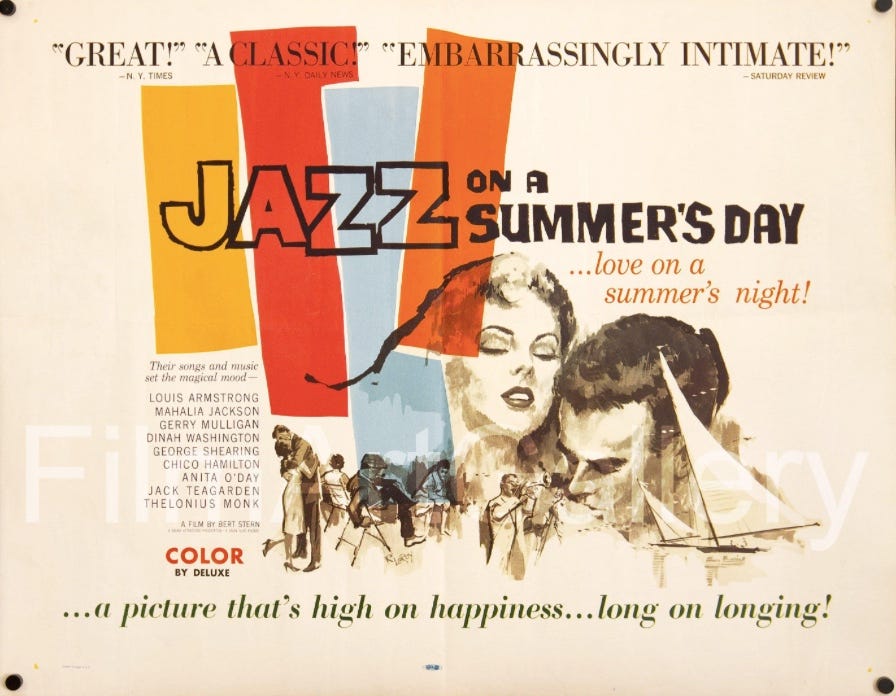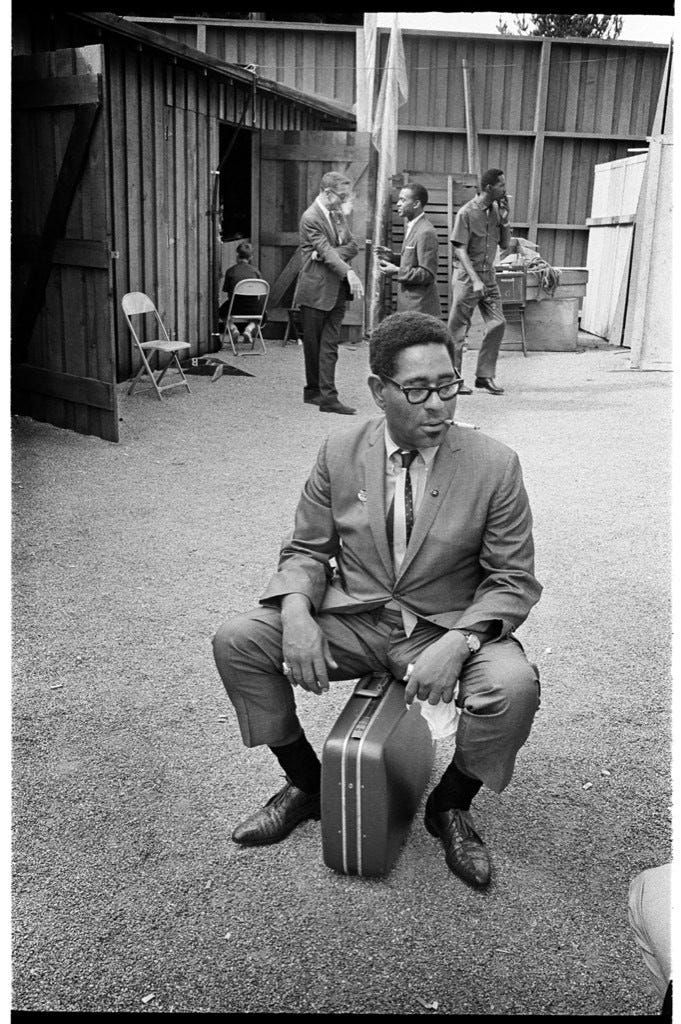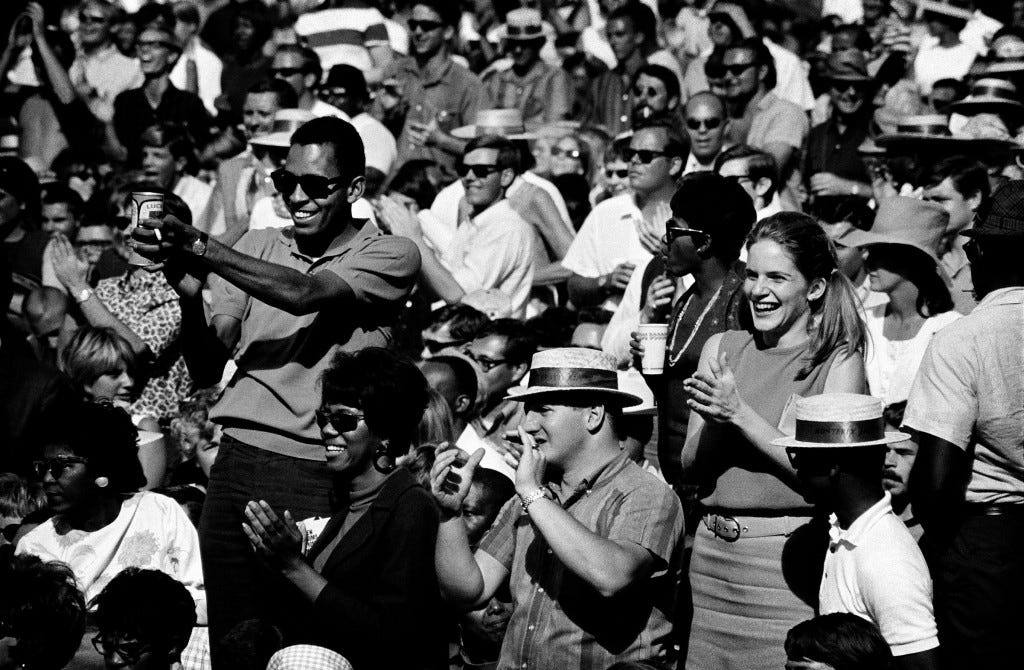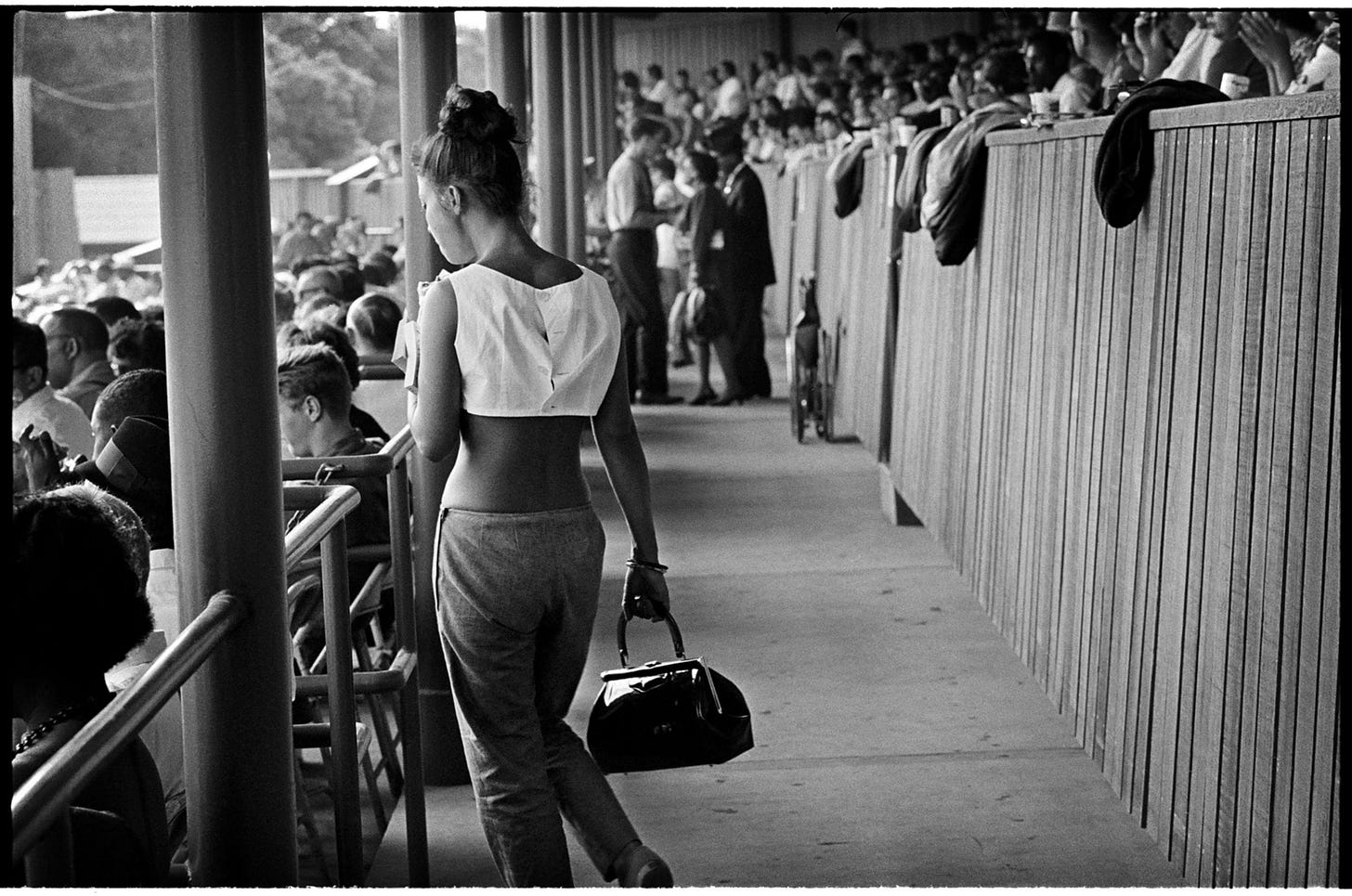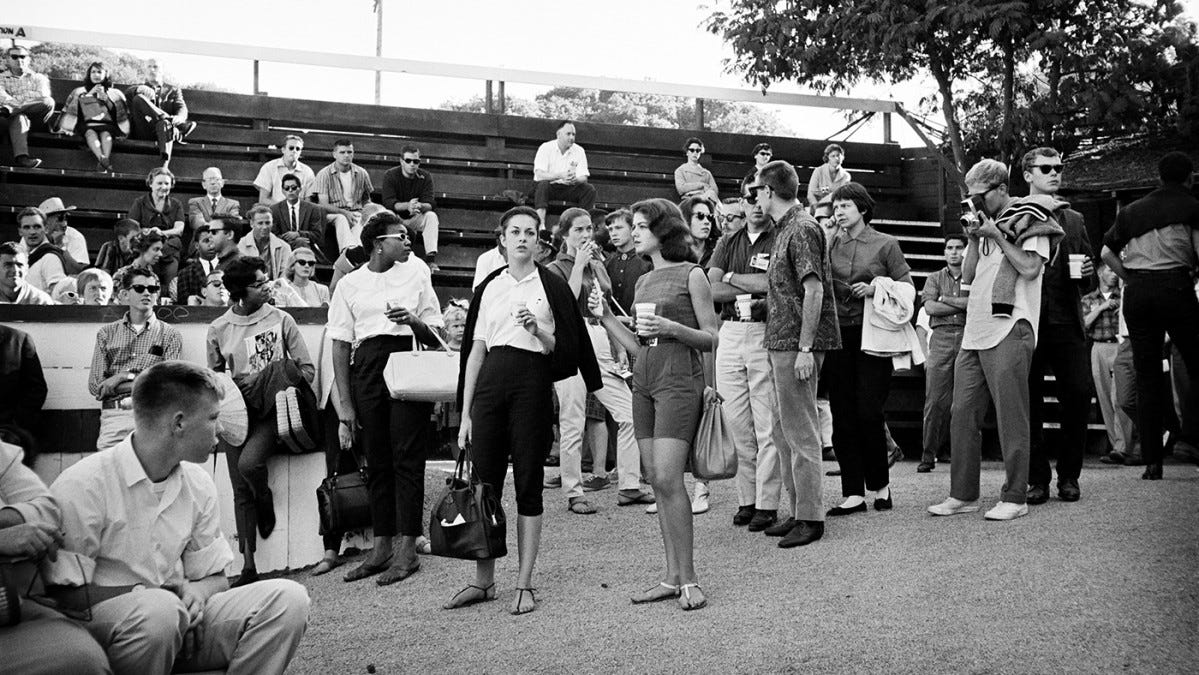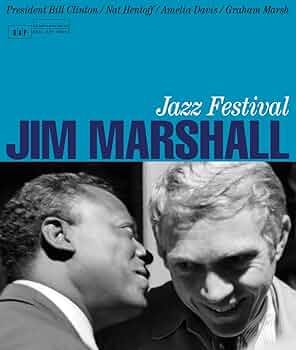They say that 1959 was the year that changed jazz. It was the period when the music broke away from its traditional modes to create new forms, specifically allowing soloists to break free and express themselves. It was year that America found its groove with jazz leading the charge.
The list of albums that were released that year is just incredible – check them out. However when scholars and aficionados talk about music in that year four jazz albums are cited, each a high point for the artists concerned and a real soundtrack of the times and all four stand up to this day and somewhat.
They are: Miles Davis, Kind of Blue
Dave Brubeck, Time Out
Charles Mingus, Mingus Ah Um
Ornette Coleman, The Shape of Jazz to Come
All four may be different but they are equally sublime. They are timeless and to have heard them contemporaneously must have been something else. The albums, jazz and that period of time has established itself as an integral part of American history and it quickly found itself an audience and voice in the jazz clubs, nightclubs and parties on this side of the Atlantic as well. Jazz – especially Trad Jazz – was huge in the UK at the end of the 1950s and the aficionados, beatniks and modernists quickly lapped up this modern jazz creating friction – that led to numerous verbals and fist fights between the Trads and Moderns. For this was modern and new. Frightening, exciting, exhilarating and refreshing. Like the music the shift was rapid and the records soon found their way into the stores the length and breadth of the country. The kids snapped them up, played them, danced to them and nodded their heads to them. And whilst doing this they studied the album covers of all these new imported sounds on the Verve, Blue Note and Capitol labels. See, it was more than the music. It was also about the style, the clothes, the colours, the modernist art, architecture and furniture, and the graphic design. It was Hollywood PLUS! Britain was looking west. Cigarettes, glamour, bourbon, Ivy League clothing and jazz.
As the legendary retailer and original modernist John Simons says on his company’s website: “I came to art really through record covers, I was extremely interested in the Bebop revolution in America in the post-war years. I would always find myself in record stores looking at the covers. They were very often done by interesting modern artists, which reflected the music. As a fourteen and fifteen-year-old that drew me to it. To me the Bebop revolution made the Punk revolution look like right wing conservatives! So far out man… I can’t even tell you.”
Then in August 1959 a small independent film was released that gave the UK modernists a visual interpretation of their new-found music. Entitled Jazz On A Summer’s Day the film is a dazzling documentary of the Newport Jazz Festival held a year earlier on Rhode Island, USA. The festival was founded in 1954 and soon became the hippest event in the country. It wasn’t long before Bert Stern, a young New Yorker specialising in “still” advertising photography, had the bright idea of filming the Newport Jazz Festival, in which 50 top-flight American jazz musicians and vocalists took part and to which jazzanistas in their legions flocked from all over. Stern has a wonderful gift for capturing the colour, style and panache of the venue, artistes and audience. He then intersperses this with film of the city of Newport from the harbour with its racing yachts skimming gracefully over the sparkling and shimmering water to shots of kids playing on the beach and onto the cool cats arriving at the event. And “cool” is the word.
The music featuring the Jimmy Giuffre 3, Thelonious Monk Trio, Dinah Washington, Louis Armstrong and Mahalia Jackson to name just a few is scintillating. The multi-racial crowd has never been hipper and as day turns to night Stern and co-director Aram Avakian capture a vibe that is like nothing anybody had seen, heard or felt before in America or at one of the few cinemas that showed it in the UK. The reviews were superb, those that saw it had now bought into this whole new scene and Britain edged that little bit closer to the 1960s…
FOOTNOTE: The photos that accompany this piece are from the incredible book Jazz Festival by Jim Marshall and released by Reel Art Press. The book includes photos from the 1958 festival – amongst other years – and Marshall can actually be seen on the film. If you haven’t done and a love of culture is your thing then i can heartily recommend the film and the book!


